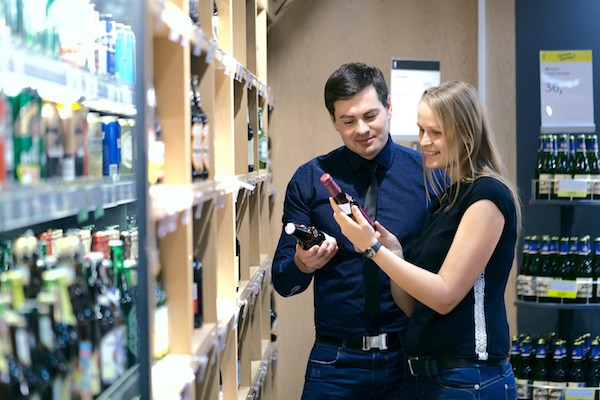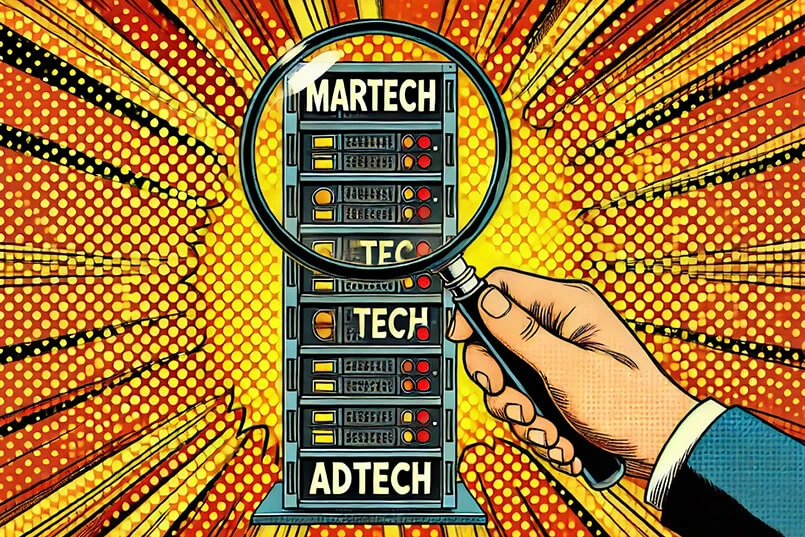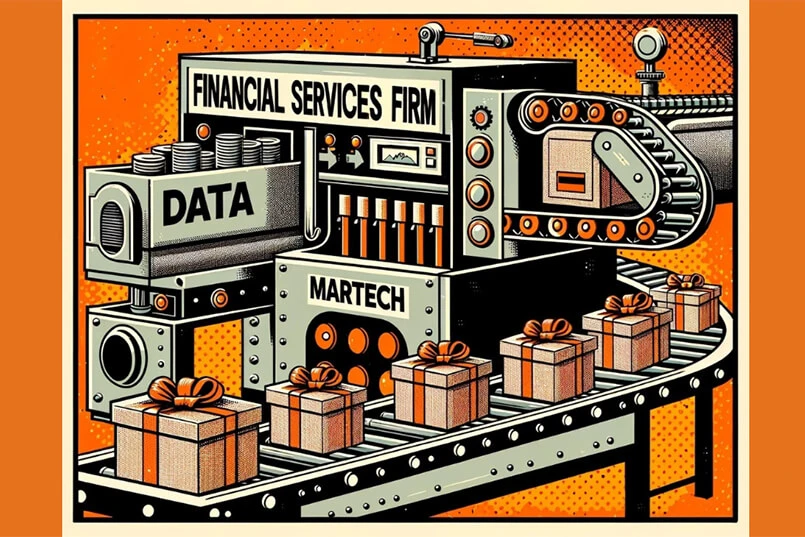Just as marketing is increasingly complex, so the relationships between marketers and their various agencies are increasingly complex and difficult to manage. Many of the past practices, both formal and informal, struggle to keep pace with the changes and complexity.
Over the past decade and more we have seen many marketers still relying on the assumption that the relationship they have will their agencies will naturally manage to work itself out. At the same time, we have witnessed an increase in complaints from marketers over the fact that their agencies struggle to work or collaborate together.
We have also witnessed an increase in agency contracts that appear to address this issue, with the inclusion of service level agreement (SLAs) and set up key performance indicators (KPIs). The trouble is that firstly, these are designed for the delivery of services, but do not easily define the interdependent relationship that exists between marketers and their agencies or between the agencies working with the marketer. Secondly, the agency contract, once signed, is often filed and not looked at again until an issue arises or the marketers are planning to take the relationship to the market.
Seeing these issues becoming increasingly common and complex, TrinityP3 developed a process that allows groups of people to work together to define their way of working. This process allows the various groups, such as agencies and their clients, to define their expectations of each other and communicate these in a user-friendly document that defines the agreed way of working. It is also used within organisations to align expectations and agree on ways of working between internal teams, working together. The process is called an Engagement Agreement and it becomes the basis of how these groups work together. It is an operational document, outside of, but supporting the legal agreement, and is used to align the various groups to a common expectation.
Here are three case studies of ways the Engagement Agreement process has been used internally and with external agencies and across rosters as a way of improving the performance of the relationship.
Case Study 1
Alcoholic Beverages – Engagement Agreement
Challenging Problem: Over time the breadth of marketing requirements had seen additional agencies added to the core roster of agencies leading to confusion regarding roles and responsibilities of the roster to the brand. This was expressed as increasing infighting between agencies rather than working collaboratively.
Creative Solution: The marketing team had approached TrinityP3 as they were considering pitching one or more of the agencies on the roster as a way to solve the problem, but it became clear in discussions with the marketers and the agencies that the problem was there was no clear way of working together, with many of the new agencies to the roster unsure of the process or clear on their role. It was decided to organise a full day Engagement Agreement workshop with the brand team and representatives from the four main agencies on the brand agency roster.
Process: Prior to the workshop, TrinityP3 consultants met with each of the agencies and marketing teams to discuss the objectives of the workshop day and to map the interaction, touch points and processes of the marketing team with the roster.
The workshop was held on-site at the marketer’s premises and involved breaking into cross-functional teams with representatives from the brand and each of the four agencies working together on a particular process, discussing and agreeing roles, responsibilities, and expectations.
The agreed outcomes were captured and reviewed before being presented back to the marketing team and the agencies to become the basis of their operating manual.
Timeline: From briefing to the delivery of the final Engagement Agreement was 4 weeks.
Result and feedback: The process not only provided the basis of a collectively agreed process for working together, but from the process came a tiered approach to the various types of projects and an agreement on a fast-tracking approach to allow the brand to react to market opportunities that had all of the agencies aligned to making this possible.
Case Study 2
Property & Construction – Engagement Agreement
Challenging Problem: Following a major rationalisation of their extensive agency roster across eight marketing teams and a brand team undertaken by TrinityP3, it was recommended that to align the remaining and new agencies to the organisation it was justified to undertake a series of workshops to discuss and agree on new ways of working with the more streamlined agency roster.
Creative Solution: Rather than one workshop, it was decided to hold a number of workshops to accommodate the large number of marketing teams and the roster of agencies. While the Engagement Agreement process is usually about defining the way of working with the agency or agency roster, in this case, it also defined the way of working between the various marketing teams, particularly the relationship between the brand team and the various business unit marketing teams.
Process: The priority was placed on aligning the creative and media agency to the various marketing teams and therefore this was the first workshop. Interestingly many of the marketers from across the organisation were meeting each other for the first time at this workshop, even though most had been with the company for a number of years.
We worked through the various agency types with workshops that built upon the Engagement Agreements developed in the previous workshops including activation agencies, events and public relations and social media etc. It was during this process that it emerged that many of the decisions being made as part of the agency Engagement Agreements would impact on how the various marketing teams would work together, and so it was decided to hold a workshop for the various marketing teams to review and agree on the part of the Engagement Agreement that would impact on them.
Timeline: The timeline from project commencement to completion was protracted due to the large number of marketing teams (nine) and the number of agencies (24). It was 12 weeks including six workshops and resulted in one Ways of Working manual for the organisation.
Result and feedback: Beyond the delivery of a Way of Working manual containing the agreed Engagement Agreements, the feedback from the teams was that it helped the various marketing teams learn and choose the best practice from the various marketing processes operating across the organisation. It also helped to build the relationship between the marketing teams and the new roster of agencies.
Case Study 3
Professional Services – Engagement Agreement
Challenging Problem: The marketing team had built an in-house agency to meet the increasing content needs of their marketing communications strategy. The issue was that many other areas in the organisation were utilising the services and this was, firstly, drawing the focus away from delivering marketing requirements and, secondly, eating into the marketing budget. The marketing team were reluctant to cut the services to the business as it helped to build engagement between marketing and the rest of the organisation.
Creative Solution: TrinityP3 recommended the Engagement Agreement process to engage the marketing team, the in-house agency and the various internal stakeholders in a workshop to discuss ways of working. The workshop was held on-site for a full day and then included a half-day follow-up session to agree to outcomes.
Process: The off-site workshop included more than 40 people from across marketing, the internal agency and the various parts of the business accessing the internal agency services. The prior one-on-one interviews had raised a number of issues that needed to be addressed including work prioritisation, a consistent briefing and approval process, and the need to deliver a more consistent brand expression across the business.
Timeline: The process from approval to the delivery of the Engagement Agreement was seven weeks and was then followed by a project to set an internal value on the internal agency outputs for the purpose of budgeting and funding.
Result and feedback: It became obvious that across the organisation there was a diversity of requirements and that the in-house agency was not coping with this diversity, considering the size of the team. In discussing and agreeing on a common process, it was clear the opportunity was for the in-house agency to coordinate the brand implementation across the whole organisation. The workshop led to not only a new process, but a new structure and function across marketing and the in-house agency and then later an agreement on a way to fund the in-house agency across all business teams and not simply from the marketing budget.
We find that most advertisers do not have a consistent and defined process or a detailed set of performance expectations for their agencies. Read how we can help you here.






